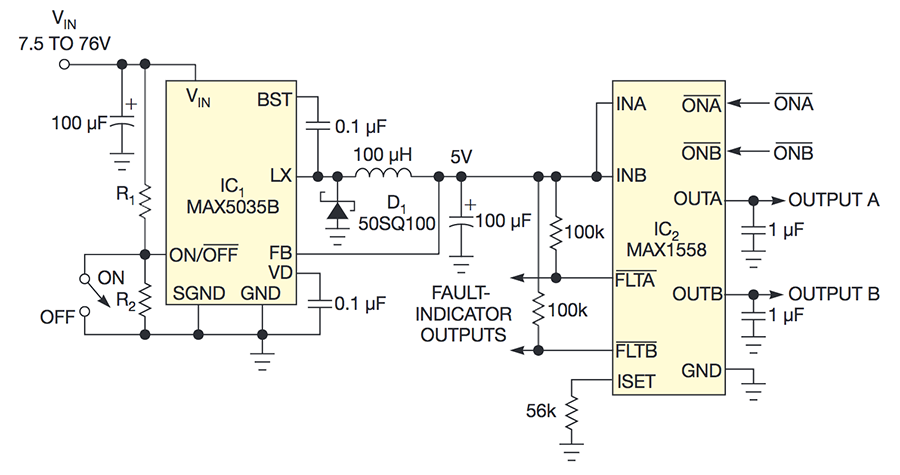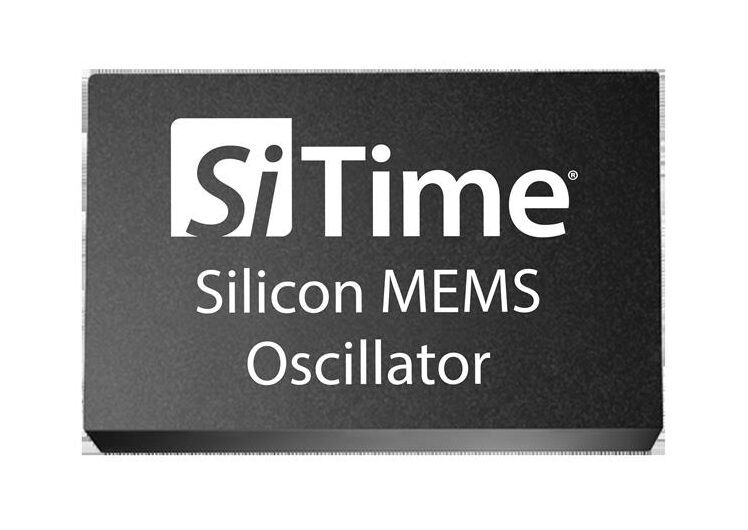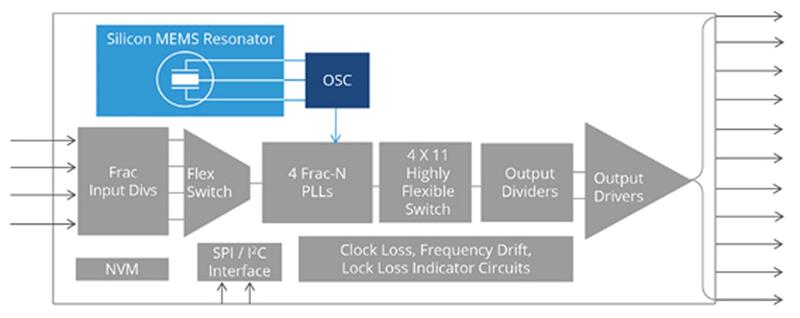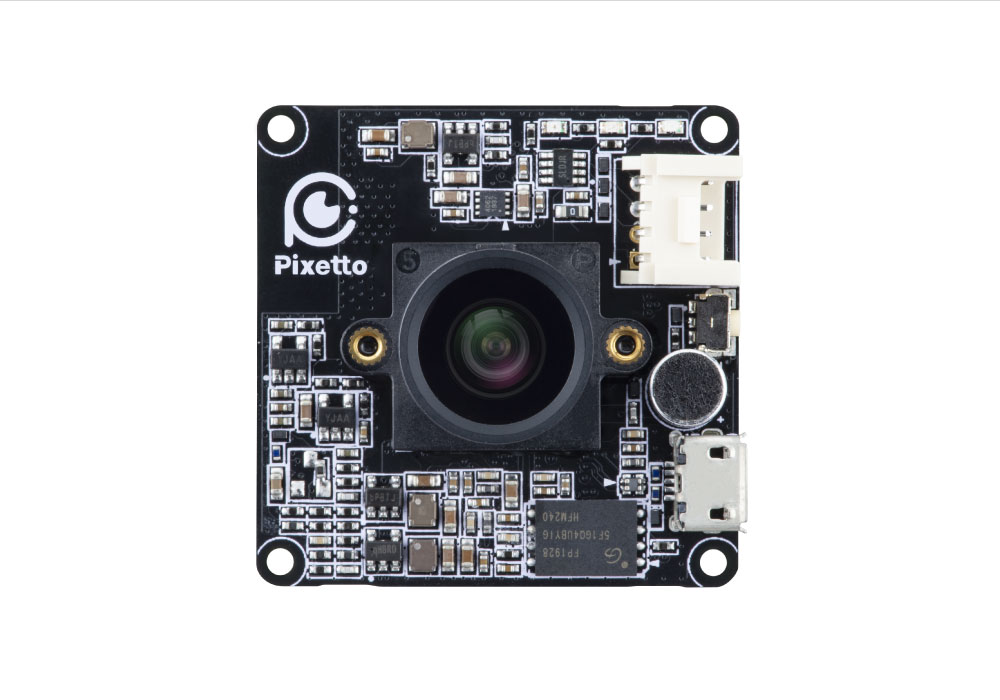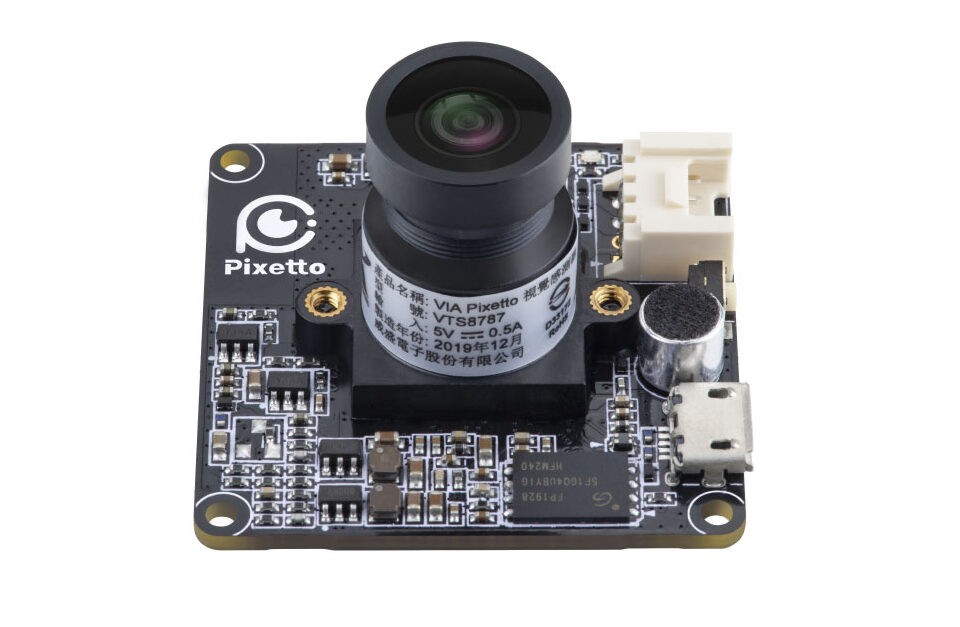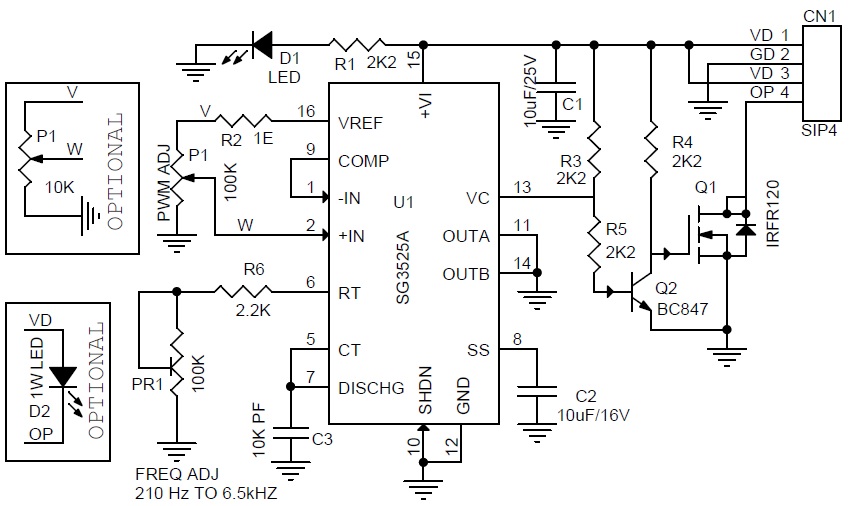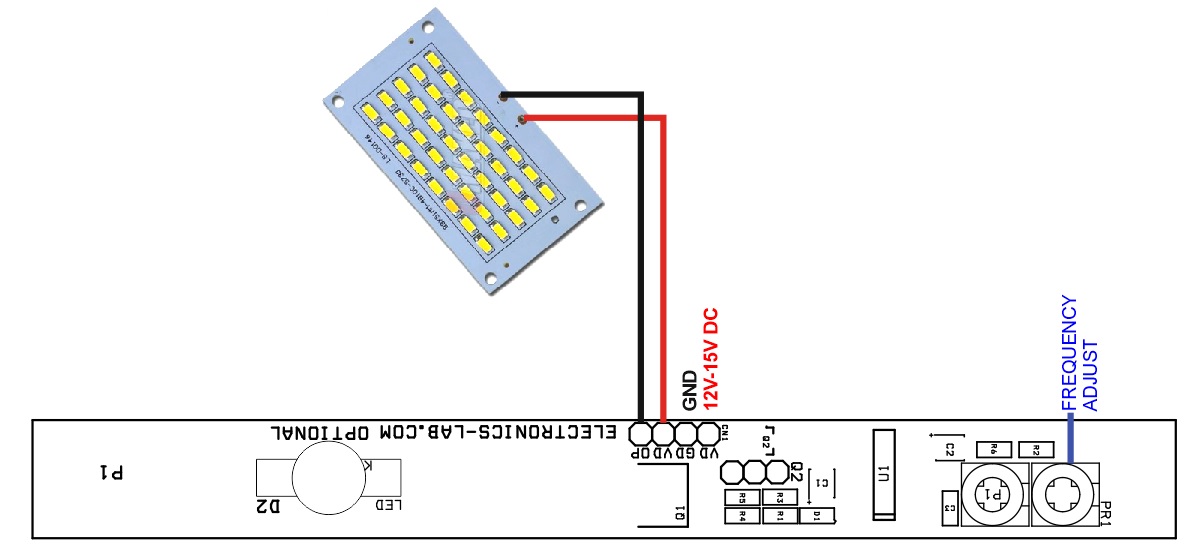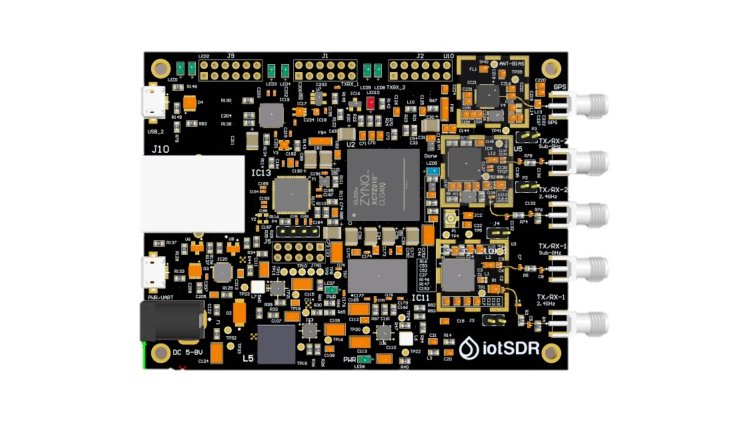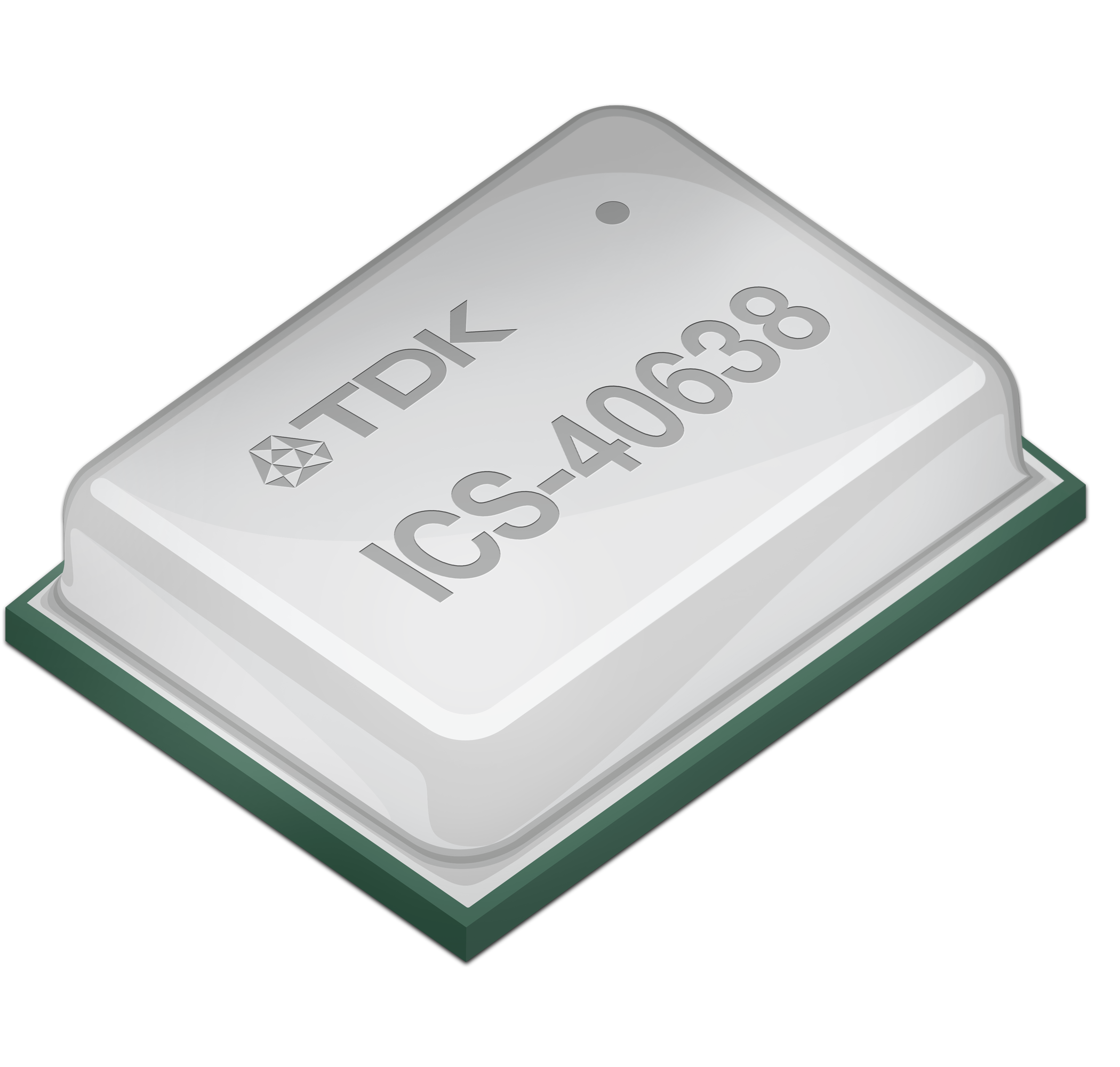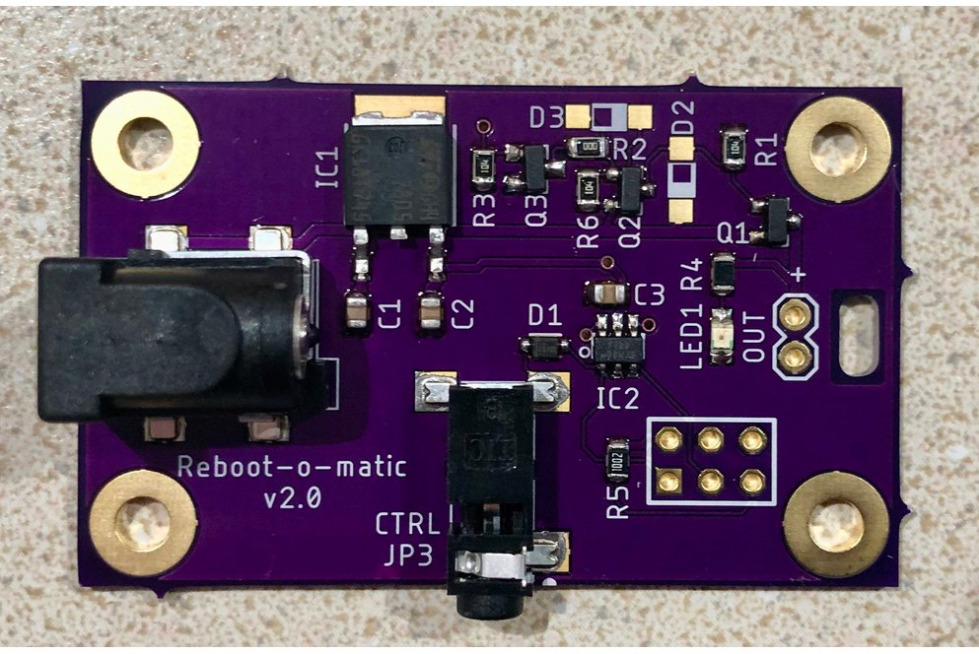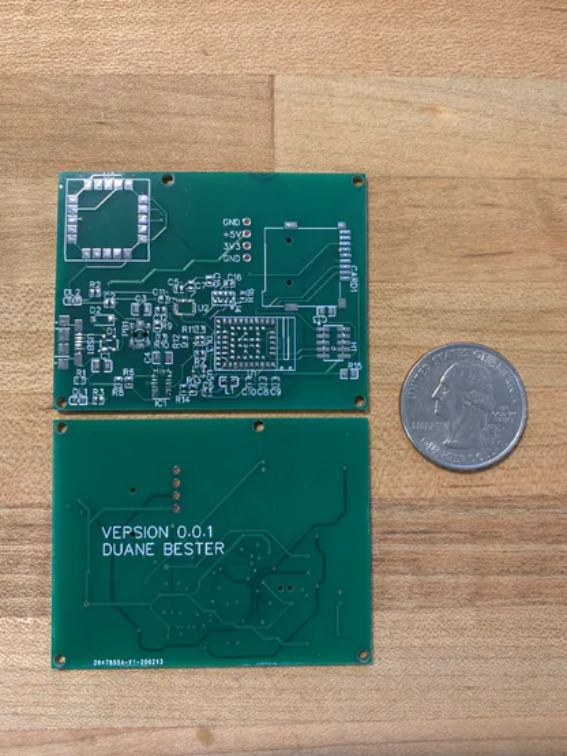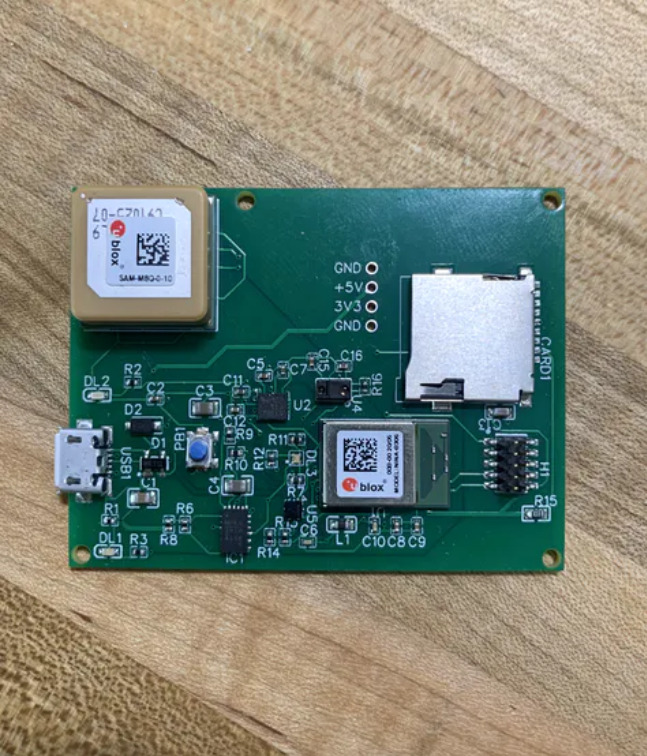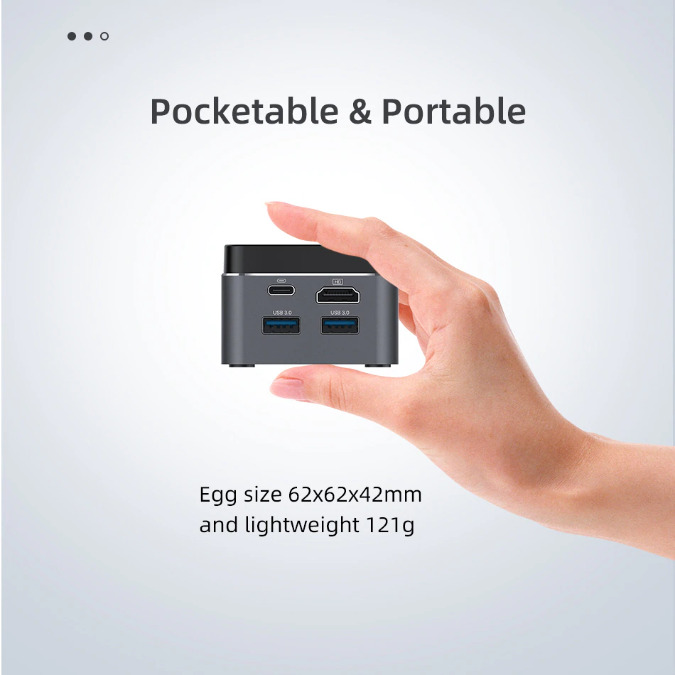
Mini PCs are not strange to us, we have been seeing them for a while now. Taiwanese ECS (Elitegroup computer systems) has been offering mini PCs over the years. They recently announced their pocket-sized model the LIVA Q , an upgraded version of Apollo lake SoCS Which offers a choice of Gemini lake SoCs, a Micro pc that has a number of useful ports: a few USB ports (3.1 and 2.0) on one side, a micro SD card slot on the other side, an HDMI (2.0) and an Ethernet gigabit on the rear side. The resulting micro PC is wonderfully thin, consisting of a 33.4 mm (1.31) “square case of 70 mm (2.76′′) which can still be placed on a monitor ‘s back using the VESA bracket and screws included.
Chuwi another company dedicated to bringing top technology to customers all over the world recently designed a smaller Gemini lake mini PC with larkbox mini PC, lark box supports Windows 10 and linux distributions, the company recently upgraded the processor from a Celeron N4100 to a faster Celeron J4115 processor. Despite the invention of the larkbox, Chuwi has announced a smaller version of Micro PC’S, a new 2.4 inch mini PC form factor, called the XCY X51 2.4-inch Mini PC, and GMK has announced the GMK mini PC. We should note that GMK just started operating started in June 2019, and it comprises of R&D and production team which consists of Chuwi, Meizu, Telecast and Alldocube developers.
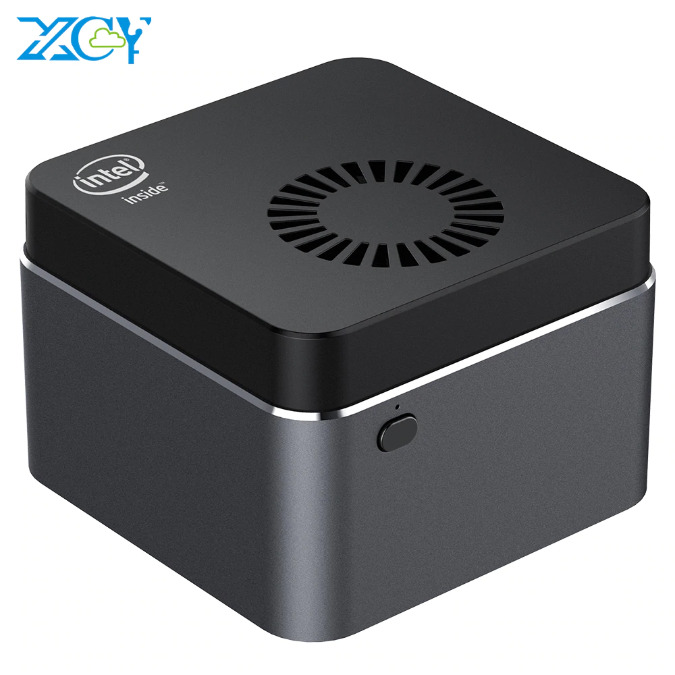
The XCY X51 2.4-INCH Mini PC is similar to the larkbox including having the same 12v/2A power adapter but has a slightly slower 6W Celeron N4100 processor compared to the 10W Celeron j4115 processor, Although the processor is slower, the former has more RAM ( 8GB vs 6GB) and a 128GB M.2 SSD instead of 128GB eMMC flash + an empty M.2 SSD socket. The XCY X51 2.4-INCH Mini PC product is available on Aliexpress for approximately $174 with Ali express Standard shipping.
The full specifications include:
- SoC – Intel Celeron N4100 quad-core Gemini Lake processor @ 1.1 / 2.4 GHz with Intel UHD Graphics 600; 6W TDP
- System Memory – 8GB LPDDR4
- Storage – 128GB M.2 2242 SSD, MicroSD card slot
- Video Output – HDMI 2.0 up to 4K @ 60 Hz
- Audio – 3.5mm audio jack, digital audio via HDMI
- Connectivity – Dual-band 802.11 b/g/n/ac WiFi 5 and Bluetooth 4.2
- USB – 2x USB 3.0 ports, 1x USB Type-C port for power
- Misc – Power button, cooling fan with “almost no noise”
- Power Supply – TBD via USB-C port
- Dimensions – 62 x 62 x 42 mm
- Weight – 121 gram
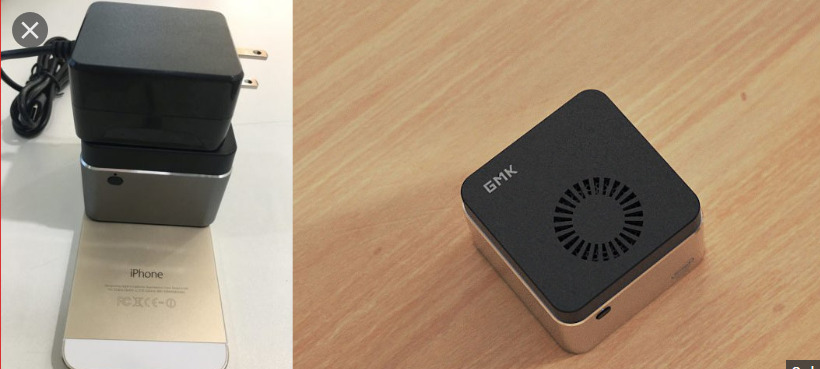
The GMK Mini PC has the same footprint design as its counterpart, but with little tweak in specifications, the only real difference is the processor’s speed with GMK having the faster Celeron J4125. Specifications for the GMK mini PC includes:
- SoC – Intel Celeron J4125 quad-core Gemini Lake processor @ 2.5 / 2.7 GHz with Intel UHD Graphics 600; 10W TDP
- System Memory – 8GB LPDDR4
- Storage – 128GB M.2 2242 SSD, MicroSD card slot
- Video Output – HDMI 2.0 up to 4K @ 60 Hz
- Audio – 3.5mm audio jack, digital audio via HDMI
- Connectivity – Dual-band 802.11 b/g/n/ac WiFi 5 2×2 MIMO and Bluetooth 4.2
- USB – 2x USB 3.0 ports, 1x USB Type-C port for power
- Misc – Power button, cooling fan with “almost no noise”
- Power Supply – TBD via USB-C port
- Dimensions – 62 x 62 x 42 mm
- Weight – 125 grams
This product is not available yet, but they plan to release the GMK Mini PC on a crowdfunding platform in August/September.
They also offer original design manufacturer (ODM), which is also becoming a popular hardware manufacturing model among the IoT and AI startups. It enables the flexibility for the startups to create their solutions freely and have the hardware builders provide them with a fully customized platform, engineering, designed and branded for them, customers can make certain adjustments, such as changing the processor, memory, storage and color/marking of the enclosure.
You can visit GMK’s website for more information about their product.

